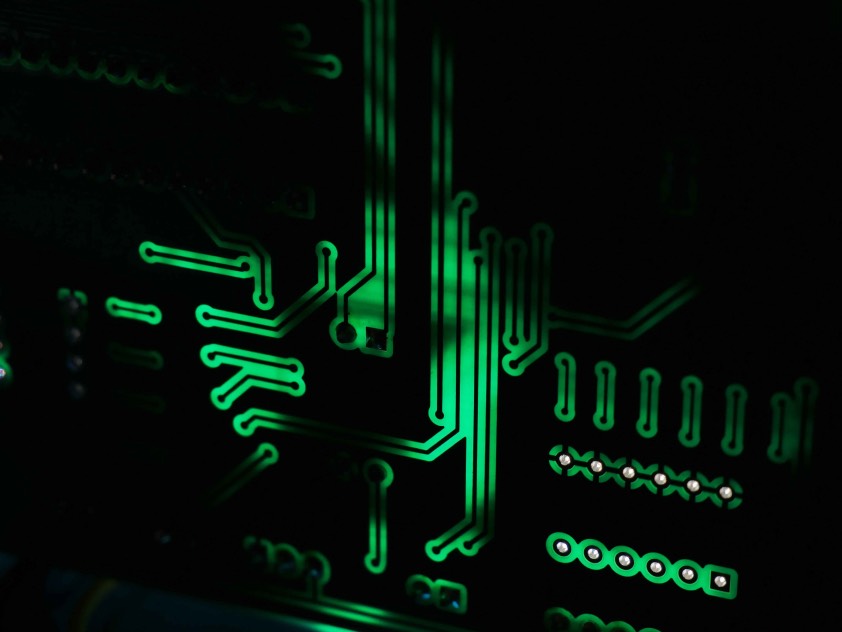
The automotive industry is undergoing a significant transformation, increasingly relying on sophisticated electronics to power innovations in vehicle performance, safety, and connectivity. Printed Circuit Boards (PCBs) form the backbone of automotive electronics, and their evolution is pivotal in meeting the stringent requirements of modern vehicles.
PCBs in automotive electronics face unique demands compared to other applications. They must withstand harsh environmental conditions, including extreme temperatures, vibrations, and moisture, while ensuring consistent performance and reliability. These requirements mandate the use of robust materials, advanced manufacturing techniques, and stringent quality control measures.
One of the key requirements in automotive PCBs is enhanced durability and reliability. High-reliability materials, such as high-temperature laminates and copper substrates, withstand thermal stress and ensure long-term stability in the automotive environment. Advanced soldering techniques, such as controlled impedance, improve reliability by minimizing signal degradation and failure risks.
Moreover, automotive electronics are increasingly adopting complex functionalities, driving the need for higher data processing speeds and reduced latency. This demand necessitates the integration of high-speed PCB designs, utilizing advanced signal integrity techniques and high-frequency materials to maintain data accuracy and transmission reliability.
Miniaturization is a significant trend in automotive PCBs. Smaller PCB footprints enable space-saving designs within vehicles while accommodating increasingly sophisticated electronic systems. Advanced miniaturization techniques, such as embedded component technology and multi-layered PCBs, optimize space utilization without compromising performance.
Furthermore, the evolution of automotive electronics includes the integration of safety and driver-assistance systems. PCBs play a crucial role in these systems, supporting functionalities like collision avoidance, adaptive cruise control, and autonomous driving. This integration demands high-reliability PCBs capable of real-time data processing and seamless communication between vehicle components.
The automotive industry's shift towards electric and autonomous vehicles further drives innovation in PCBs. Power electronics in electric vehicles demand high-current PCB designs capable of managing and distributing power efficiently. Autonomous vehicle technologies require sophisticated sensor integration and high-performance computing capabilities on PCBs.
In conclusion, the evolution of automotive electronics profoundly impacts PCB requirements and technologies. The pursuit of durability, reliability, high-speed performance, miniaturization, and advanced functionalities in PCBs contributes to the ongoing innovations driving the automotive industry towards a future of safer, more connected, and efficient vehicles.